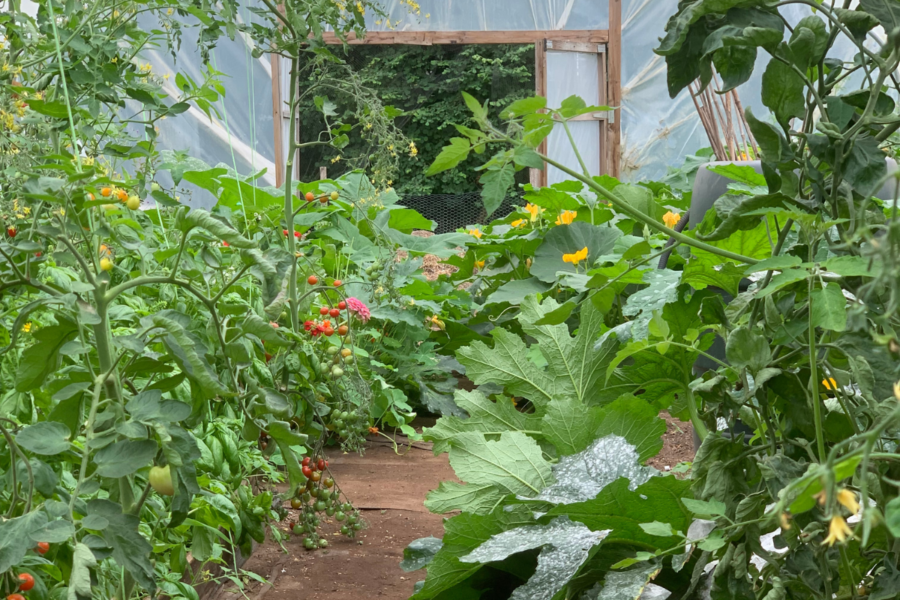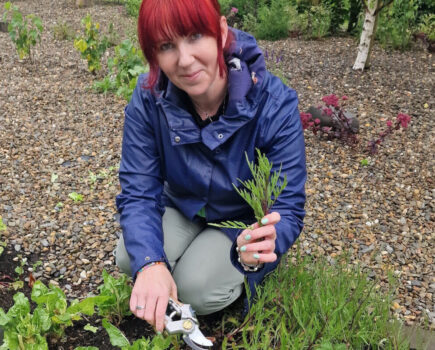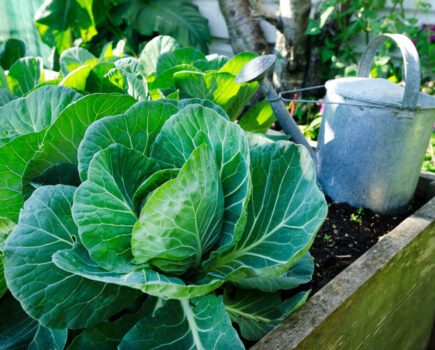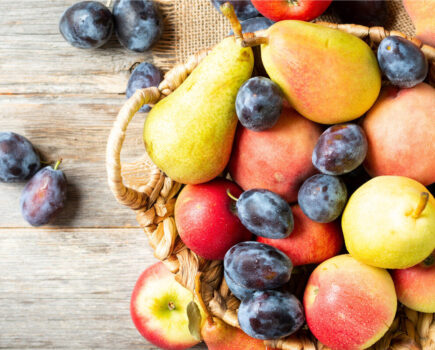Becky Searle explains how to help draw in all pollinators great and small
We’ve all been there; the excitement of spotting a flower on one of your cucumber, courgette or pumpkin plants, only to find that the tiny fruit behind it is beginning to rot, rather than swell. Or your tomatoes put out an enormous truss of flowers, and the ensuing crop is nothing by comparison. This is due to a lack of pollination. It’s a frustrating problem and can occur more often in a polytunnel than outside.
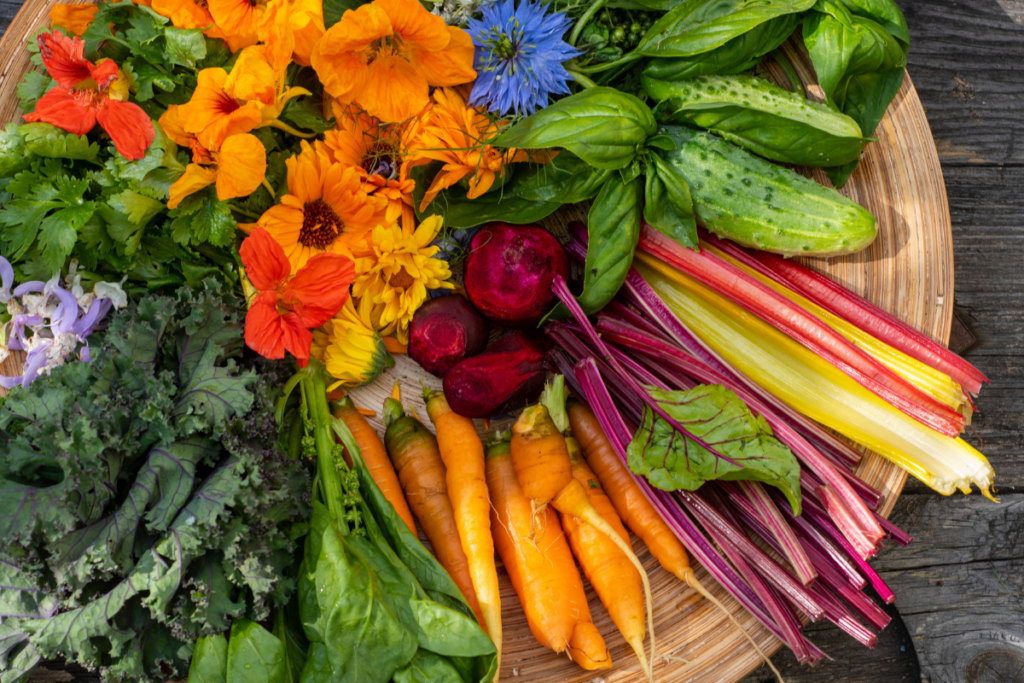
Why is this?
It is often the case that bees, wasps, hoverflies, and other pollinators simply have a harder time getting into a polytunnel. Drawing them in to your precious undercover growing space is however easy, fun, and incredibly colourful!
Firstly, we must leave polytunnel doors open during the day (and during summer also, overnight) to ensure pollinators can enter. A closed (or netted) door to a bee is a genuine barrier. Opening polytunnel doors in the summer is also essential to help ensure sufficient ventilation for your plants.
Having a bee hotel inside your polytunnel for solitary bees is also a great idea to help bolster pollinator numbers. Providing that they have suitable access and plenty of nectar, this will be a valuable resource. But most importantly, we must plant flowers.
Roll out the floral carpet for our pollinators and invite them in
We must do this more in a polytunnel than in a garden, but many people forget to plant flowers in their polytunnel at all. Here are a few of my favourite flowers to grow.
Marigolds
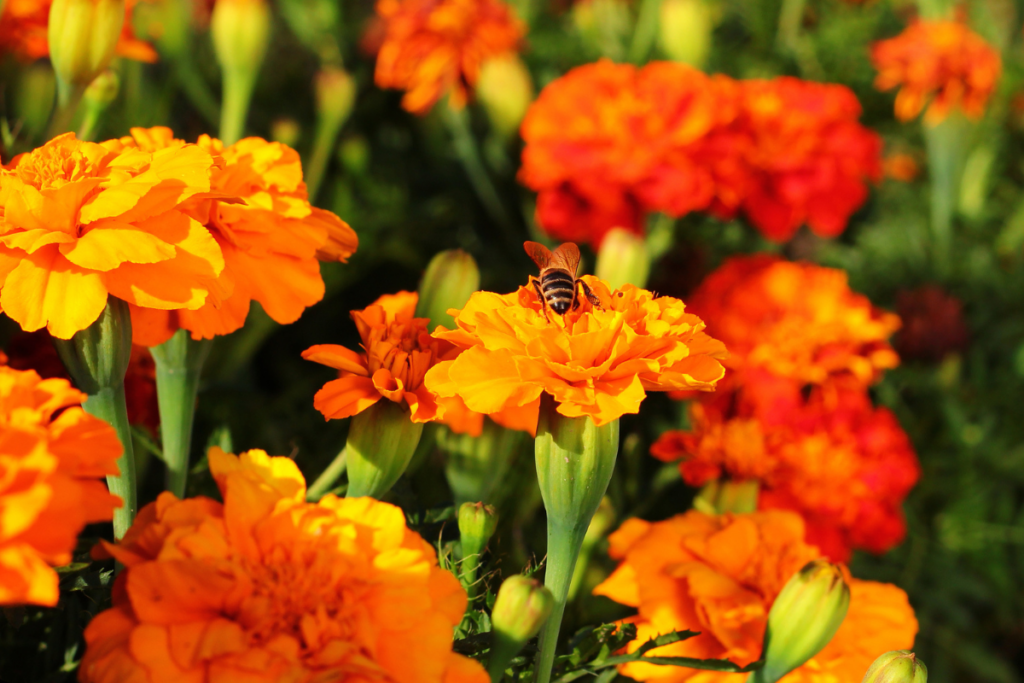
Pollinators can’t help but fall for the bright colours and strong scent. These delightful blooms also work well for cut flowers, and can be useful for deterring pests such as carrot flies. Marigolds also have edible petals that can be sprinkled on a salad or dried to use as an alternative to saffron. They make a superb companion plant for tomatoes and will fill your polytunnel with colour. I would advise you to go with Tagetes Mini or French marigolds rather than African marigolds, as they can be enormous – especially inside a polytunnel!
Dill
Dill is a lovely herb with a zesty, grassy taste that is brilliant in salads, cooking and teas. It is also a great companion plant, helping to attract lacewings and their larvae, which are voracious predators of aphids. Dill’s delicate flowers are beloved by smaller pollinators especially.
Nasturtiums

These beautiful plants are a real draw for larger pollinators, such as bumblebees, which are great for pollinating cucurbits. They are also entirely edible, with the leaves, seeds and petals having a soft, peppery taste – delicious for adding some zing to your meals. A trailing variety of nasturtium works perfectly around the bottoms of cucumber plants to help attract pollinators and protect the soil from drying out. Nasturtiums are also very hard-wearing, so if you need to get your sheers out and cut them right back, they won’t mind! Just beware that they self-seed easily, but if you don’t want them the following year, they are easy to pull out. Nasturtiums have the added benefit of being a great companion plant, helping to draw in aphids and caterpillars and acting as a sacrificial plant to help protect your crops.
English Lavender
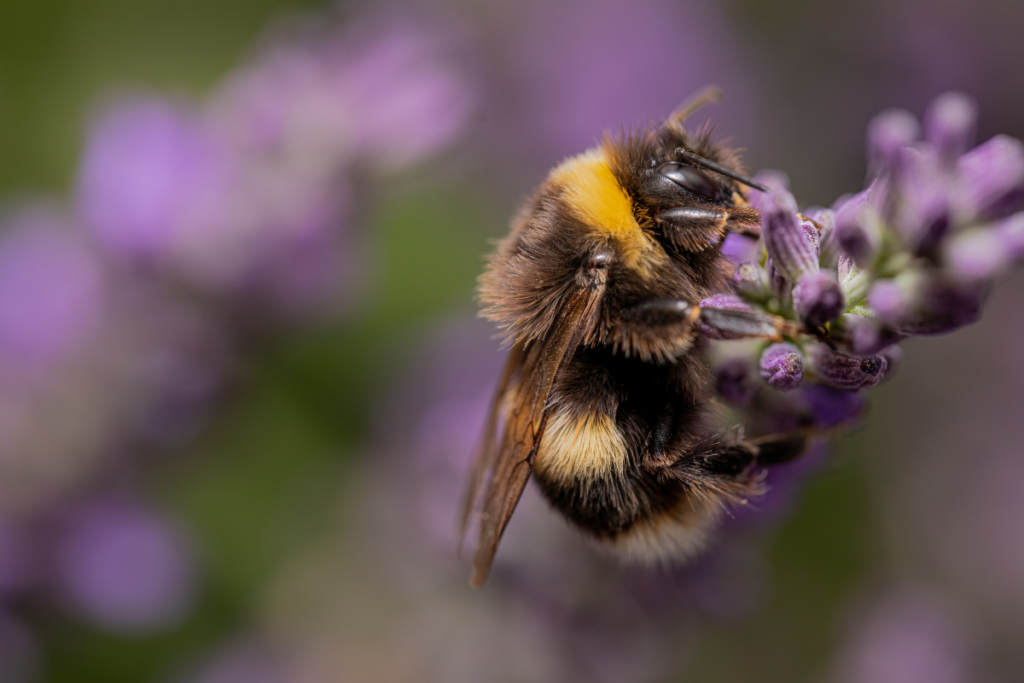
Lavender is a fantastic plant for so many reasons. It can be used to create teas, cosmetics and oils; it can be used in cooking or dried for its scent. It’s wonderfully aromatic and relaxing, and the pollinators love it. As a perennial, it will also keep going year after year without much maintenance. Remember to leave the flowers on for as long as possible and don’t harvest them all, leaving some for the bees.
Find more tips, advice and articles like this at the Amateur Gardening website. Subscribe to Amateur Gardening magazine now.

